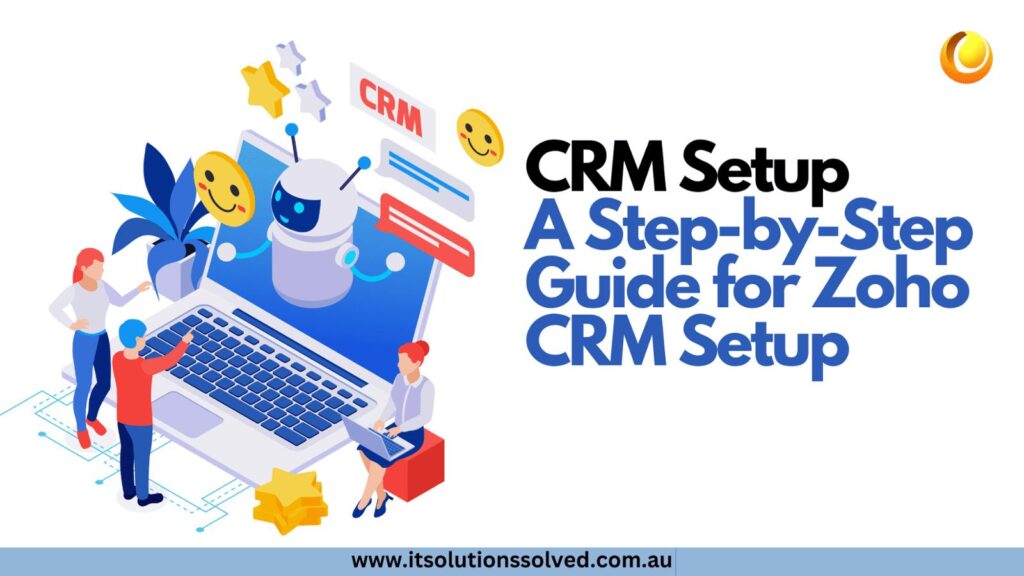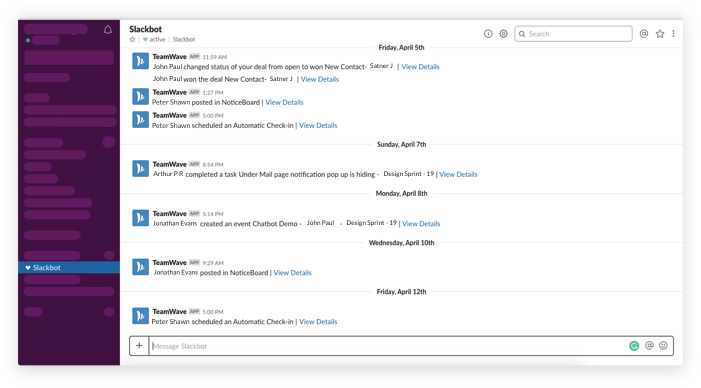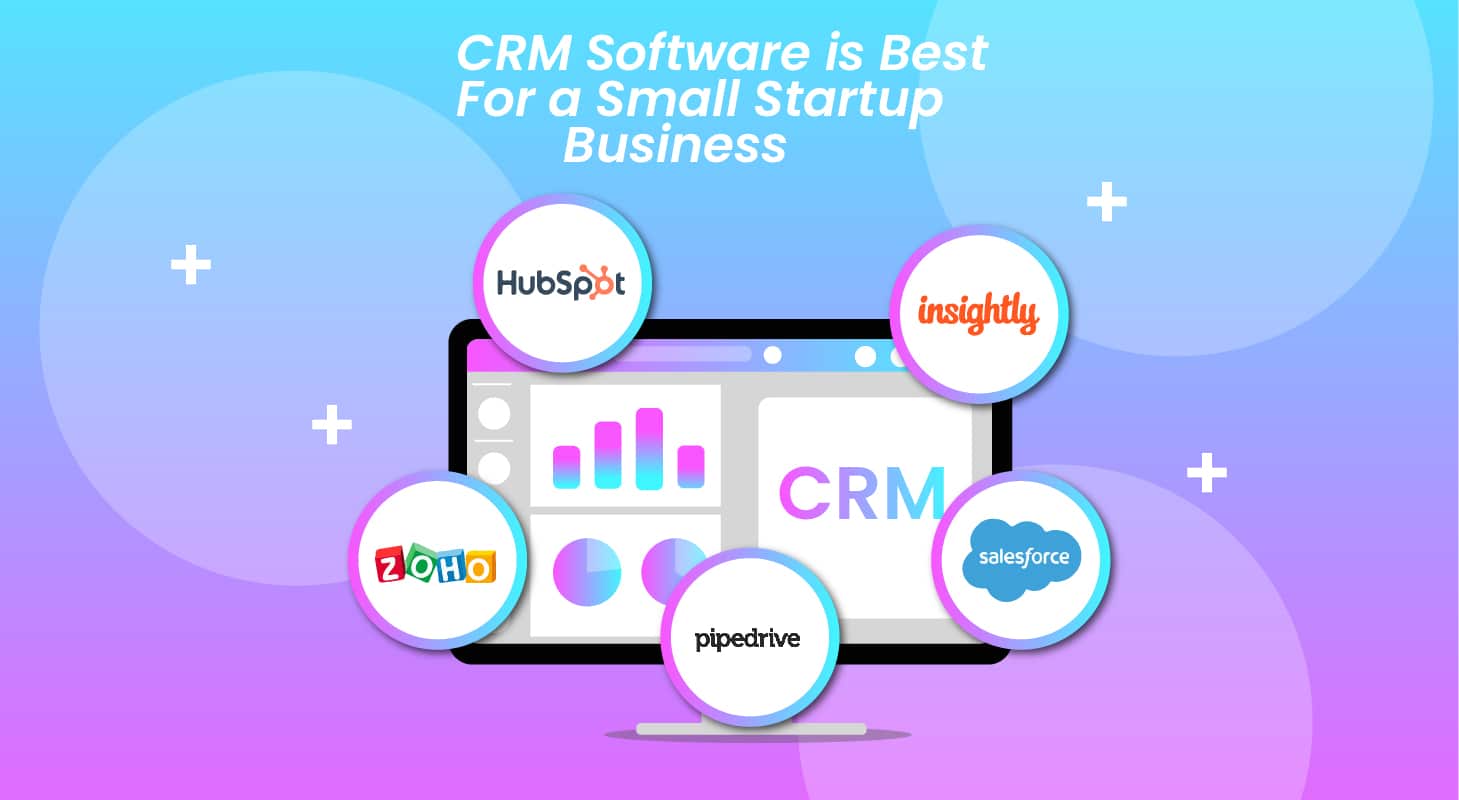
Introduction: Why Your Small Business Needs a CRM
Running a small business is a whirlwind. You’re juggling a million things, from product development and marketing to sales and customer service. In the midst of all this, it’s easy for customer relationships to slip through the cracks. That’s where a Customer Relationship Management (CRM) system steps in – it’s your secret weapon for staying organized, improving customer interactions, and ultimately, boosting your bottom line. Setting up a CRM for your small business might seem daunting, but trust me, it’s an investment that pays off. This guide will walk you through the entire process, from choosing the right CRM to implementing it effectively.
Think of a CRM as a digital hub for all your customer-related information. It stores contact details, tracks interactions, manages sales pipelines, and automates various tasks. This centralized approach eliminates the chaos of scattered spreadsheets, lost emails, and missed opportunities. With a CRM, you gain a 360-degree view of your customers, allowing you to personalize your interactions and build stronger, more loyal relationships.
In this comprehensive guide, we’ll cover everything you need to know about small business CRM setup. We’ll delve into the benefits, help you choose the right CRM software, guide you through the setup process step-by-step, and offer tips for maximizing its impact on your business. Get ready to transform your customer relationships and take your small business to the next level!
The Benefits of a CRM for Small Businesses
Before diving into the setup, let’s explore the compelling reasons why a CRM is a must-have for your small business:
- Improved Customer Relationships: A CRM centralizes all customer data, providing a complete view of each customer’s history, preferences, and interactions. This enables you to personalize your communication, anticipate their needs, and provide exceptional customer service.
- Increased Sales: By tracking leads, managing sales pipelines, and automating sales processes, a CRM helps you convert leads into paying customers more efficiently. It also provides valuable insights into your sales performance, allowing you to identify areas for improvement.
- Enhanced Efficiency: Automation is a key benefit. CRM systems automate repetitive tasks like data entry, email marketing, and appointment scheduling, freeing up your team to focus on more strategic initiatives.
- Better Data Management: Say goodbye to scattered spreadsheets and lost contact information. A CRM provides a secure and centralized repository for all your customer data, making it easy to access, update, and analyze.
- Improved Collaboration: A CRM facilitates seamless communication and collaboration among your team members. Everyone has access to the same customer information, ensuring consistent messaging and a unified customer experience.
- Data-Driven Decision Making: CRM systems provide valuable insights into customer behavior, sales trends, and marketing campaign performance. This data empowers you to make informed decisions and optimize your business strategies.
- Scalability: As your business grows, a CRM can scale with you. Most CRM systems offer various pricing plans and features to accommodate your evolving needs.
Choosing the Right CRM Software for Your Small Business
Selecting the right CRM is crucial for your success. With numerous options available, it’s essential to choose a system that aligns with your specific business needs, budget, and technical capabilities. Here’s a step-by-step guide to help you make the right choice:
1. Define Your Needs and Goals
Before you start researching CRM software, take the time to clarify your objectives. What are your primary goals for implementing a CRM? Are you looking to improve sales, enhance customer service, streamline marketing efforts, or a combination of these? Identify the specific pain points you want to address and the key features you need. Consider the following:
- Sales Process: How do you currently manage leads, track opportunities, and close deals?
- Customer Service: How do you handle customer inquiries, complaints, and support requests?
- Marketing: What marketing activities do you undertake, and how do you track their effectiveness?
- Team Size: How many users will need access to the CRM?
- Integration Needs: Do you need to integrate the CRM with other tools you use, such as email marketing platforms, accounting software, or e-commerce platforms?
2. Research CRM Software Options
Once you have a clear understanding of your needs, it’s time to explore the available CRM solutions. Here are some popular options for small businesses:
- Zoho CRM: A comprehensive and affordable CRM with a wide range of features, suitable for businesses of all sizes.
- HubSpot CRM: A free CRM with powerful features for sales and marketing, ideal for businesses looking for an all-in-one solution.
- Salesforce Sales Cloud: A robust and customizable CRM, best suited for larger businesses with complex needs.
- Pipedrive: A sales-focused CRM with a user-friendly interface, perfect for small sales teams.
- Freshsales: An AI-powered CRM with features for sales automation and lead management.
When researching, consider these factors:
- Features: Does the CRM offer the features you need, such as contact management, sales pipeline management, email marketing integration, and reporting?
- Ease of Use: Is the CRM user-friendly and easy to navigate?
- Pricing: Does the pricing model align with your budget and business needs?
- Integrations: Does the CRM integrate with the other tools you use?
- Customer Support: Does the vendor provide adequate customer support and training?
- Scalability: Can the CRM scale with your business as it grows?
3. Evaluate and Compare
Create a shortlist of CRM options that meet your requirements. Compare them based on their features, pricing, ease of use, and customer reviews. Take advantage of free trials or demos to get hands-on experience with each system. Pay close attention to:
- User Interface: Is the interface intuitive and easy to navigate?
- Customization Options: Can you customize the CRM to fit your specific business processes?
- Reporting Capabilities: Does the CRM provide the reports and analytics you need?
- Mobile Accessibility: Does the CRM have a mobile app or is it mobile-friendly?
- Security: Does the CRM offer robust security features to protect your data?
4. Make Your Decision
Based on your evaluation, select the CRM that best meets your needs and budget. Consider the long-term implications of your decision, and choose a system that can support your business growth. Don’t be afraid to reach out to the vendor’s sales team to ask questions and clarify any concerns.
Step-by-Step Guide to Setting Up Your CRM
Once you’ve chosen your CRM, it’s time to set it up. Here’s a step-by-step guide to help you get started:
1. Create Your Account and Configure Basic Settings
The first step is to create an account with your chosen CRM provider. This usually involves providing your business information, creating a username and password, and accepting the terms of service. Once your account is created, you’ll need to configure the basic settings, such as:
- Company Information: Enter your company name, address, and contact details.
- User Accounts: Create user accounts for each member of your team who will be using the CRM. Assign appropriate roles and permissions to control access to data and features.
- Currency and Time Zone: Set your preferred currency and time zone.
- Language Settings: Choose your preferred language for the CRM interface.
2. Customize the CRM to Fit Your Business Needs
CRM systems are designed to be flexible, allowing you to customize them to match your unique business processes. This is where you tailor the CRM to your specific sales pipeline, customer service workflows, and marketing activities. Customization often involves:
- Adding Custom Fields: Create custom fields to capture information that is specific to your business, such as product details, industry, or lead source.
- Customizing Sales Stages: Define your sales pipeline stages to reflect your sales process.
- Creating Workflows and Automation: Automate repetitive tasks, such as sending follow-up emails, assigning leads, and updating deal stages.
- Configuring Email Templates: Create email templates for common communications, such as welcome emails, follow-up emails, and appointment confirmations.
- Setting Up Integrations: Connect your CRM to other tools you use, such as email marketing platforms, accounting software, and social media accounts.
3. Import Your Data
Now it’s time to import your existing customer data into the CRM. This usually involves importing data from spreadsheets, contact lists, or other systems. Before importing, it’s essential to:
- Clean Your Data: Remove duplicate entries, correct errors, and standardize your data format.
- Organize Your Data: Ensure your data is organized into the appropriate fields in the CRM.
- Choose the Right Import Method: Most CRM systems offer various import methods, such as CSV import, direct integration, or manual data entry. Choose the method that best suits your needs.
- Test Your Import: Import a small sample of your data to test the import process before importing your entire database.
4. Train Your Team
Training your team is crucial for the successful adoption of your CRM. Provide comprehensive training to ensure that everyone understands how to use the system effectively. This should include:
- User Guides and Documentation: Provide your team with user guides, tutorials, and other documentation to help them learn the system.
- Hands-on Training: Conduct hands-on training sessions to demonstrate how to use the CRM and answer any questions.
- Ongoing Support: Provide ongoing support and encourage your team to ask questions and seek assistance when needed.
- Regular Check-ins: Schedule regular check-ins to monitor usage and identify any areas where additional training or support is needed.
5. Start Using the CRM and Track Your Progress
Once your CRM is set up and your team is trained, it’s time to start using it. Encourage your team to actively use the system for all customer-related activities. Track your progress and monitor key metrics, such as:
- Sales Conversion Rates: Track the percentage of leads that convert into paying customers.
- Customer Retention Rates: Track the percentage of customers who remain loyal to your business.
- Customer Satisfaction: Monitor customer satisfaction levels through surveys and feedback.
- Sales Cycle Length: Measure the time it takes to close a deal.
- Marketing Campaign Performance: Track the effectiveness of your marketing campaigns.
By tracking these metrics, you can identify areas for improvement and optimize your CRM usage for maximum impact.
Tips for Maximizing the Impact of Your CRM
Setting up a CRM is only the first step. To truly maximize its impact, consider these tips:
- Keep Your Data Up-to-Date: Regularly update your customer data to ensure its accuracy.
- Use Workflows and Automation: Automate repetitive tasks to save time and improve efficiency.
- Personalize Your Communication: Use the CRM to personalize your communication with customers.
- Analyze Your Data: Regularly analyze your CRM data to identify trends and insights.
- Integrate with Other Tools: Integrate your CRM with other tools you use to streamline your workflows.
- Provide Ongoing Training and Support: Provide ongoing training and support to your team to ensure they are using the CRM effectively.
- Review and Optimize Regularly: Regularly review your CRM setup and make adjustments as needed.
- Foster Team Adoption: Encourage your team to embrace the CRM and use it consistently.
- Focus on Customer Experience: Use your CRM to enhance the customer experience.
Troubleshooting Common CRM Setup Issues
Even with careful planning, you may encounter some challenges during the CRM setup process. Here are some common issues and how to resolve them:
- Data Import Issues: If you encounter problems importing your data, double-check the data format and ensure it matches the required format. Review the import settings and troubleshoot any errors.
- User Adoption Issues: If your team is not using the CRM effectively, provide additional training and support. Address any concerns and encourage them to embrace the system.
- Integration Problems: If you encounter problems integrating your CRM with other tools, review the integration settings and troubleshoot any errors. Consult the vendor’s documentation for assistance.
- Customization Challenges: If you find it difficult to customize the CRM, consult the vendor’s documentation or seek assistance from a CRM expert.
- Performance Issues: If the CRM is running slowly, optimize your data and system settings. Contact the vendor for assistance if necessary.
Conclusion: Embrace the Power of CRM
Setting up a CRM for your small business is a transformative step that can revolutionize your customer relationships and drive significant business growth. By following this guide, you can choose the right CRM, set it up effectively, and maximize its impact on your business. Remember to define your needs, choose the right software, customize it to your specific processes, import your data, train your team, and track your progress. Embrace the power of CRM and watch your business thrive!
Don’t be afraid to experiment and find what works best for your business. The key is to be proactive, stay organized, and always put your customers first. With the right CRM in place, you can build stronger relationships, increase sales, and achieve your business goals.
So, are you ready to take your small business to the next level? Start setting up your CRM today!

